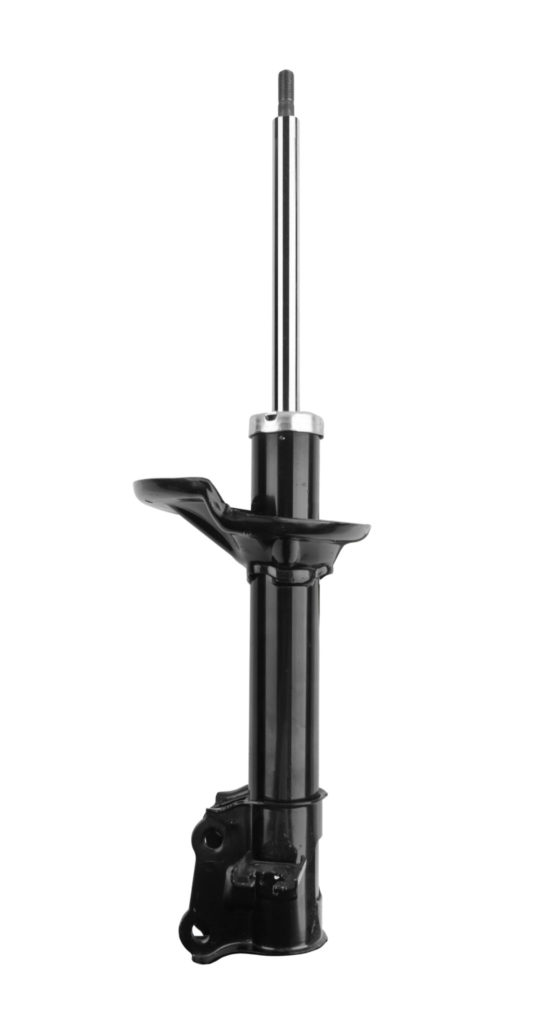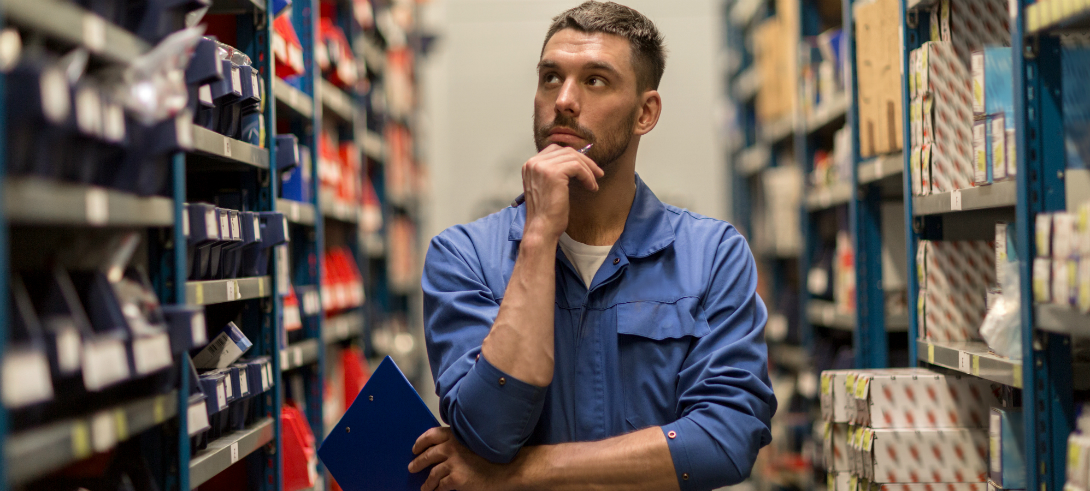Knowing how to strike the perfect balance between complete strut assemblies and standalone shocks and struts in your inventory assortment is always a juggling act.
Along with judging the optimum mix for your own customer base, there are continual updates from the OE sector. So how do you get it right? We consulted leading ride control experts for their insights.
Unity Automotive’s Alexander Ende advises to start by tracking parts cost versus time and labour for a complete strut assembly, bolt-out and bolt-in (which obviously carries a higher cost than bare-unit) versus a bare strut assembly, which requires re-use of old parts, additional required tools, significantly more installation time, and the potential for old components to fail over time. “Bare strut assemblies in the coming years will become more and more antiquated. With the price points of complete assemblies today, it is not cost-effective to re-use old parts, and also is a safety issue.

“With shock absorbers, it’s always a good idea to offer four-wheel kits for all complete assemblies you offer for the front, to help upsell the job and ensure you have stock of both front and rear.”
Ende goes on to explain that most major ride control suppliers offer ranking reports that follow the 80/20 rule, adding, “It would be recommended to ensure to have coverage on hand to handle 80 percent of the parts that are being sold to market.”
Aaron Shaffer of KYB Ride Control observes that understanding OE-level changes are another key factor in monitoring your assortment. “The one thing that I think will help people manage the explosion of assembled units, from a cost and space standpoint, is that over the years there has been a move by OEs back to rear shocks. So if you’re thinking about what you need as a jobber, most vehicles are strut front, shock rear.
“Part of this is [due to] the explosion of SUVs and CUVs,” he continues. “We’ve obviously seen this huge explosion in CUVs, and almost all of them have shocks on the rear.” And it’s not just CUVs. “There’s 2010 to 2013 Mazda 3. There are 187,000 in Canada; this is a top mover with front struts and rear shocks.”
Shaffer adds that in addition to stocking the right mix of assemblies and bare units, you need to decide between premium, mid-and entry level lines as well. “We definitely see sales on vehicles 12 -15 years old and newer still going to premium brands on fully assembled units.”
According to Unity’s Ende, “Parts numbers to consider depend a great deal on the VIO data in relationship to [the jobber’s] geographic territory. There is also a benefit to having coverage on items the customer specializes in.
“We offer customized suggested opening orders based on data such as VIO in their geographic territory, suspension failure rates, sales history, unique coverage offered, and niche product offering with substantially higher allotted margins, just to name a few,” he says.
Shaffer believes that KYB’s focus on providing up-to-date sales data offers a better indicator of market potential than matching vehicles in operation (VIO) with part numbers and coverage. “Through our sales reps, we can work with people at a pretty localized level and suggest inventories. And of course we can match up struts and boots, to make sure that’s done. VIO is good, but I think there’s more to it. Sometimes there are a whole lot of vehicles, but those folks might not be replacing their units.”
Even with extensive assistance from ride control suppliers, striking exactly the right mix is art, not science, says Shaffer. While the trend is definitely towards the ease of installation, security and cost-effectiveness of the complete assembly, the bare unit isn’t dead yet.
“I don’t believe that fully assembled units are the ultimate saviours, the end-all be-all,” he says. “There is a huge place for bare struts, especially on import vehicles where the OE chose to use a variety of springs. When there is one spring option, fully assembled units work great. But especially on European units, a lot of shops would rather use the bare strut and use the OE spring. Unless there are some serious rust issues and ride height issues, you’d probably be just fine re-using the OE spring.”


0 Comments